It’s common for mice to use the same entry point to get inside a home. These 10 entry points have been identified as the most commonly used.
Share This Page!
The 10 Most Common Entry Points
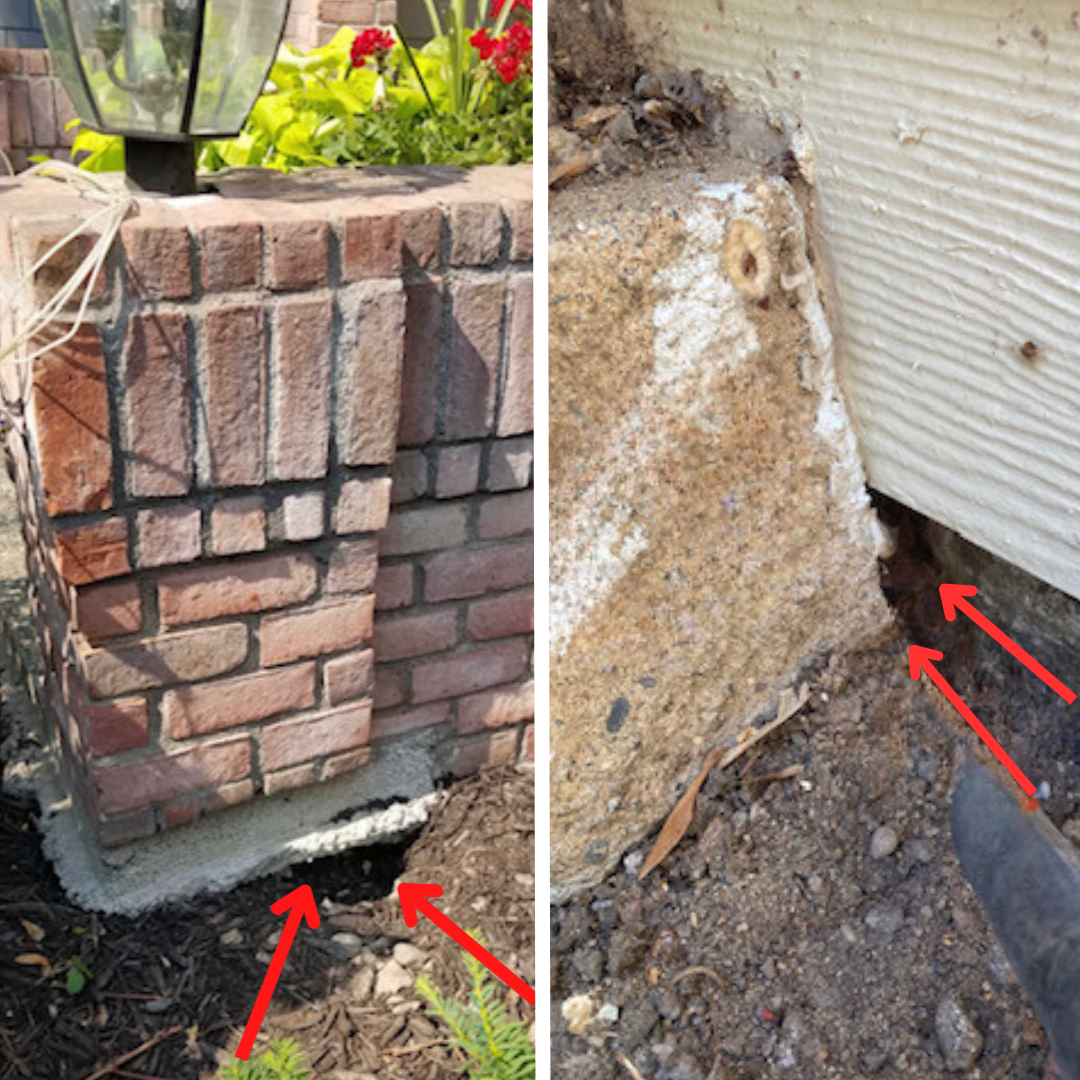
Digging Under/Getting Behind Stoops and Porches
The weather in Minnesota causes stoops and front porches to settle. As they shift away from the foundation the rebar connecting the foundation to the stoop becomes exposed making it a common entry point.
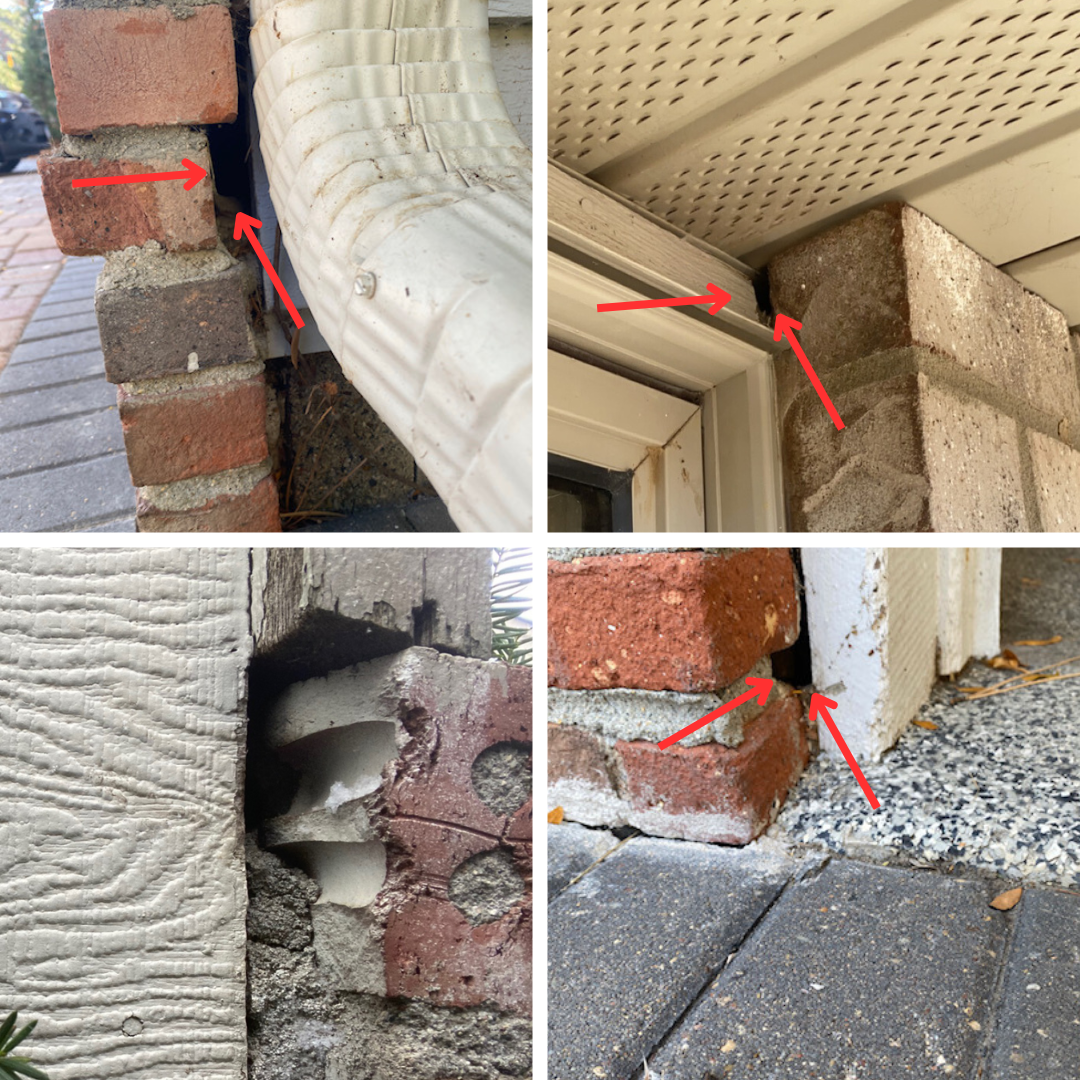
Brick Wall Façades
When temperatures change from cold to hot the brick wall façades can start to crack. This happens where the bricks touch a different structural material. The reason they crack is because these brick walls are purely for decoration and not structural integrity.
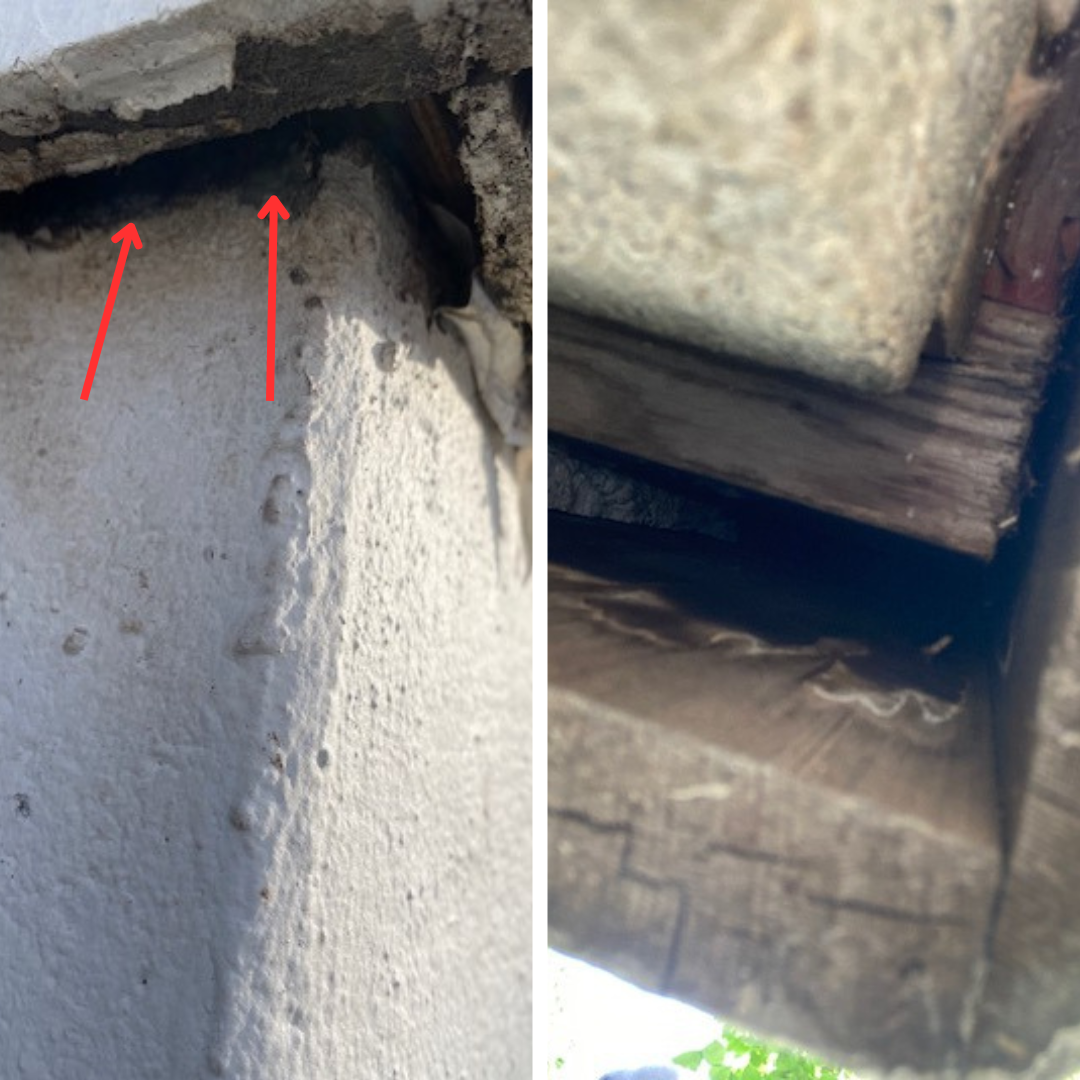
Corners
It’s common to find openings around the home where two different materials meet on the home. Around corners, these materials are often not cut flush with the foundation leading to an entry point for mice to climb and get on top of the foundation or up into the attic.
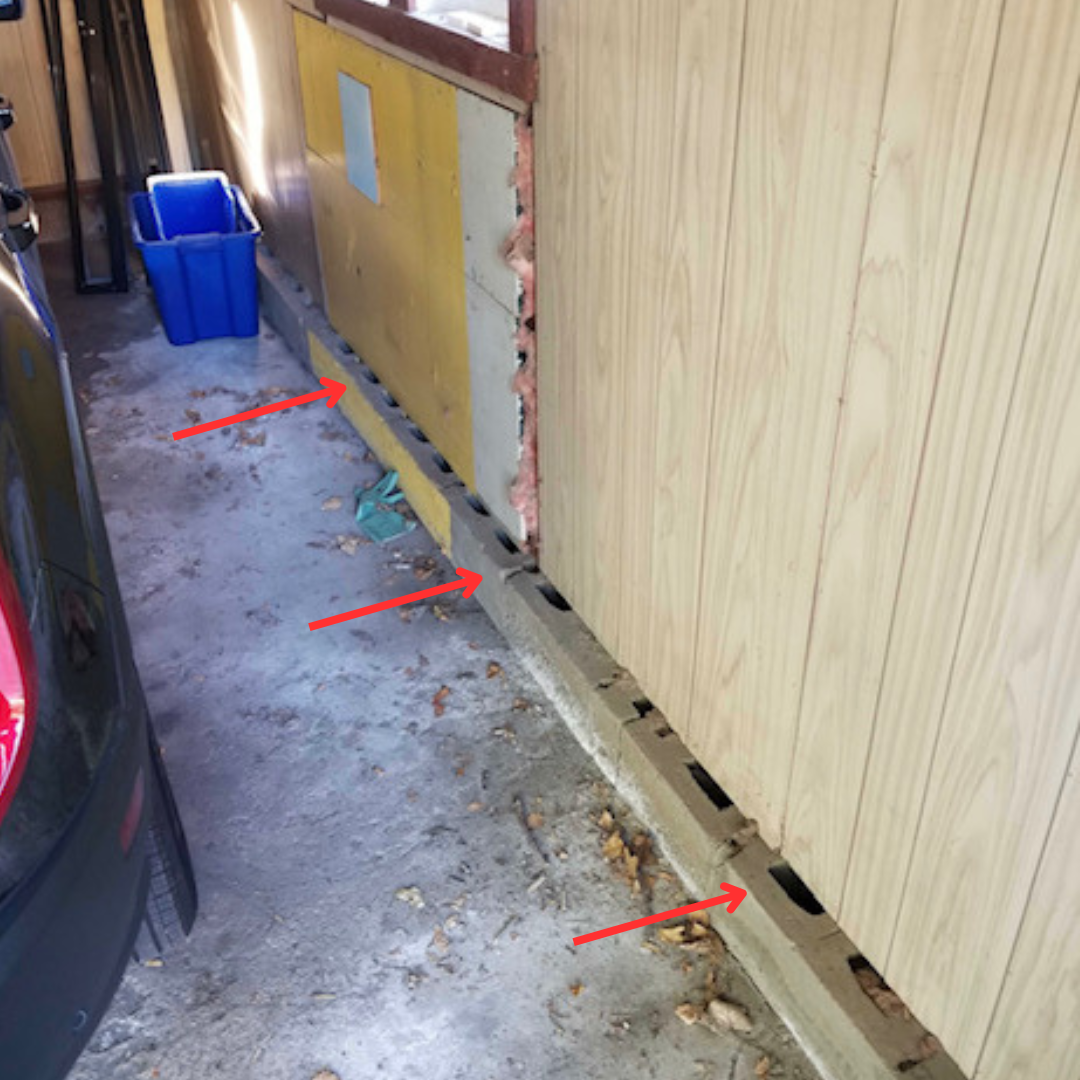
Open Cinderblock/Unfinished Garages
Garages that are attached to the home are built on top of the same foundation as the rest of the house. If mice can get inside the hollowed-out cinderblock inside the garage they will be able to access the foundation of the entire home.

Weather Stripping
Weather stripping on doors is extremely important in Minnesota. It keeps the cold temperatures from entering the home. Unfortunately, that’s all they are good at because they don’t always keep mice from getting inside. Mice can easily chew through rubber weather stripping. This makes it impossible to keep mice out of garages.
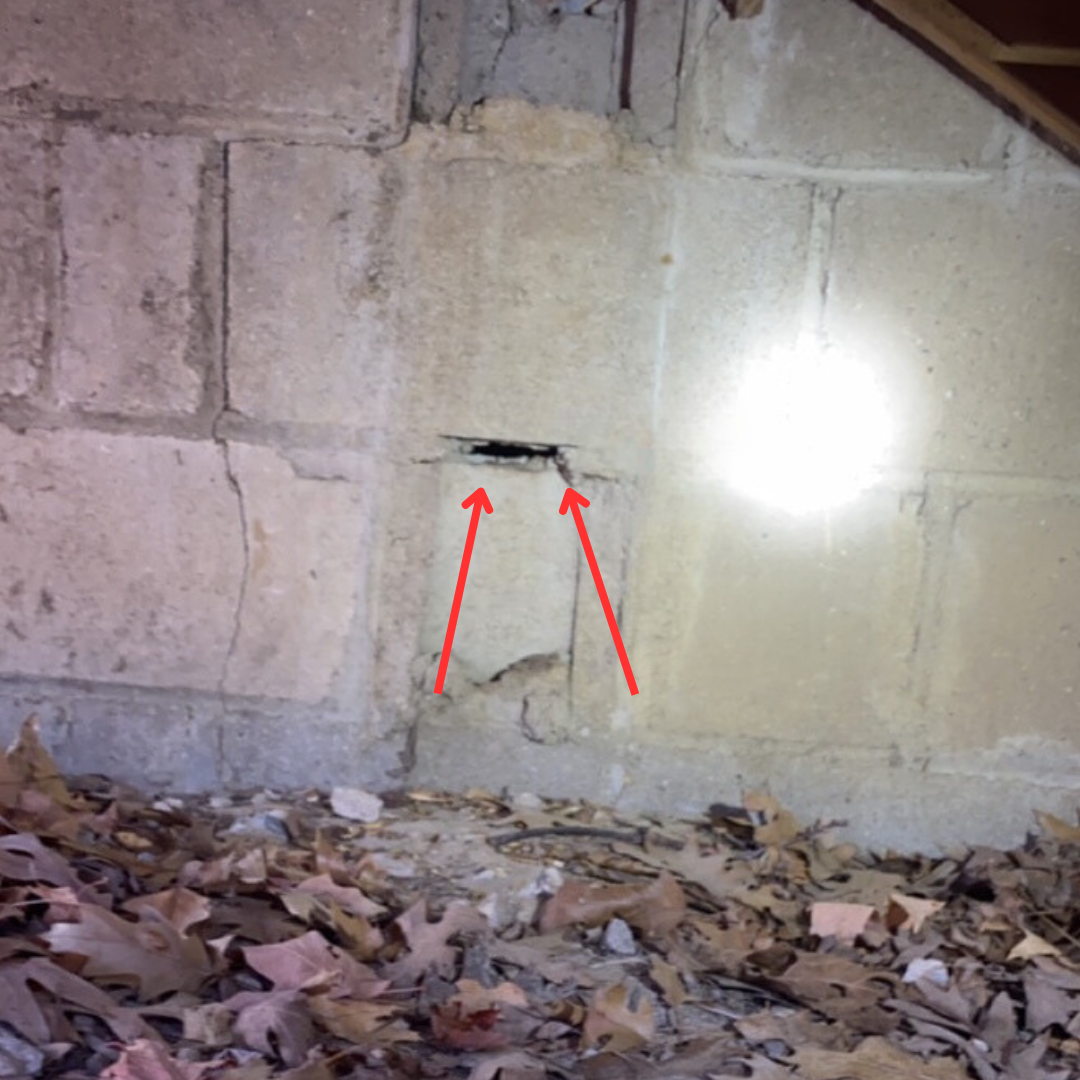
Cracks in Foundation
Cement foundations are susceptible to cracking and breaking during drastic changes in outdoor temperatures. Once a mouse has access inside the hollow cinder block it can navigate to any area in the house.

Vents
Heat vents should have 1/4-inch squares to keep mice out. Dryer vent flaps are often stuck open due to dryer flint jamming into the hinges. When they are left open the heat escaping the vent attracts mice during the winter. We recommend replacing all dryer vents with a Lambro dryer vent that is 100% mouse-proof.
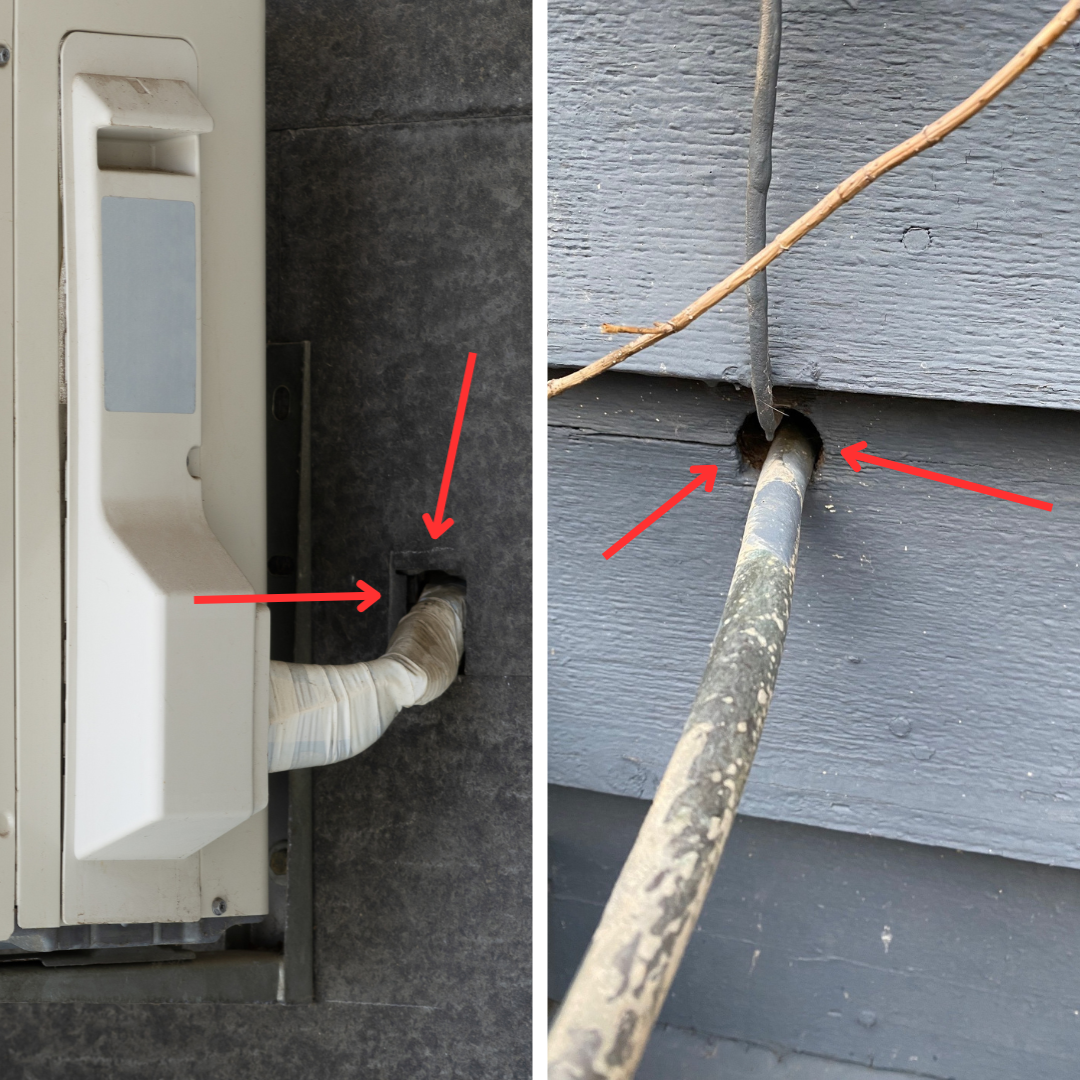
AC and Gas Lines
One of the most noticeable and well-known entry points in the pest control industry is around AC and gas lines. These pipes aren’t usually sealed properly if at all to keep mice from chewing or squeezing through.
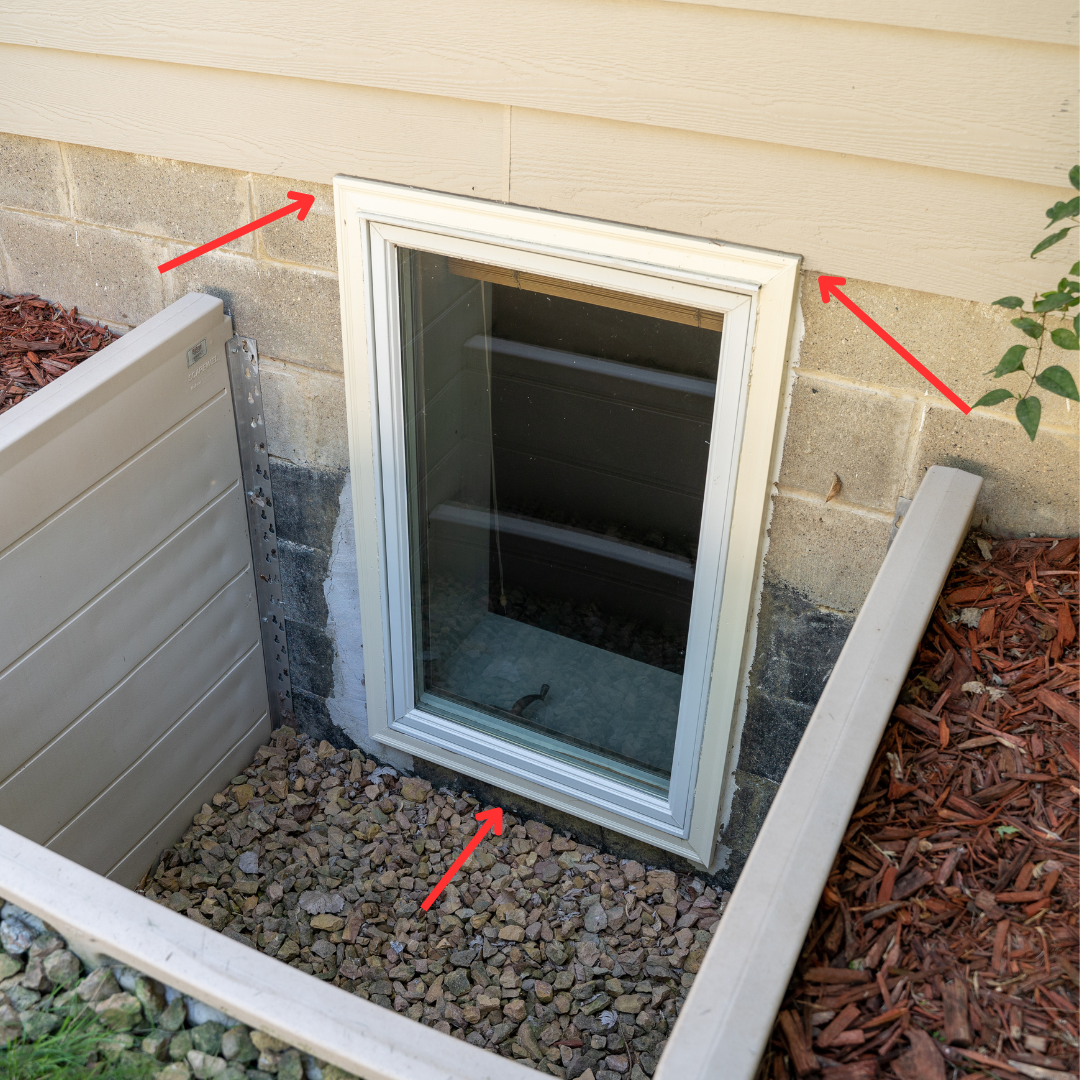
Basement Windows
Basements that have widows often have entry points. The build-up of water and moisture around the windows from collected rainfall and leaf litter can cause the trim to rot and the foundation to crack. It’s common for the top of windows to have openings that allow the mice to crawl above the window and get on top of the foundation

Soffits and Roof Gables
When soffits touch the roof of a home it is very common for the soffit to have small gaps that go directly into the attic. These soffits are known as gabbles.
Learn about the most common mice in Minnesota
Click below to learn more about mice and their behavior
Call Today! 952-404-BOGO (2646)
Homes located all across the Twin Cities and Minnesota are susceptible to getting mice.
Anoka|Apple Valley|Bloomington|Burnsville|Coon Rapids|Champlin|Chanhassen|Deephaven| Delano|Eagan|Eden Prairie|Edina|Elk River|Excelsior|Golden Valley |Independence|Lino Lakes|Long Lake|Maple Grove|Maple Plain|Medina|Minneapolis| Minnetonka|Minnetrista|Mound|New Brighton|North Oaks|Orono|Prior Lake| |Plymouth|Ramsey|Rogers|Shoreview| Shorewood|Stillwater|St. Louis Park|St. Paul|Victoria|White Bear Lake| Wayzata|Woodbury|




